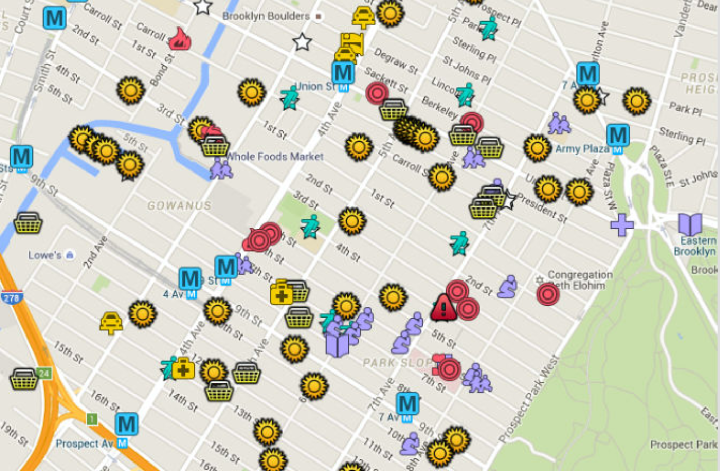
The brainchild of New York startup Transactive Grid, the Brooklyn Microgrid seeks to “radically change the way energy is bought and sold” by putting the power directly into the hands of consumers. Rather than dealing with large corporate utilities, the Transactive Grid wants people to buy from other people — directly. The network, the company explains in a press release, “is based on blockchain technology, originally created to run the bitcoin currency, which securely monitors output from energy systems such as solar, wind or batteries and enables it to be bought and sold in the local community.”
It’s not a total disconnection from the more established power grids set up by conglomerates — rather, this microgrid allows neighborhoods to be self-sufficient so that in the case of an emergency or power outage, they’d still be able to keep things up and running.
“This really is an exciting development in the way consumers can interact with energy, and we hope it will lead to a cleaner, greener society,” said co‐founder of Transactive Grid, Lawrence Orsini, in a statement. “The technology we have created takes away any hassle from buying and selling, allowing both consumers and prosumers more options to maximize the local benefits from renewable generation systems.”
The community-based system will utilize a software called Ethereum, which monitors energy usage at each point of the network to determine what’s available to buy or sell. “This whole concept benefits the area you live in,” says co‐founder Joseph Lubin. “By buying energy locally, rather than from a national entity, the money goes back into the pockets of people in the community.”
“For so long, we have been beholden to the big energy companies and the take‐up of alternative energy has been held back by traditional business models,” the Transactive Grid team notes. “We want to give people another option.”
Editors' Recommendations
- Harnessing darkness: The race to solve solar power’s greatest problem
- Personal power generator harvests energy from the breeze you make when you walk
- On the fence about buying solar panels? Tesla now offers them for rent


